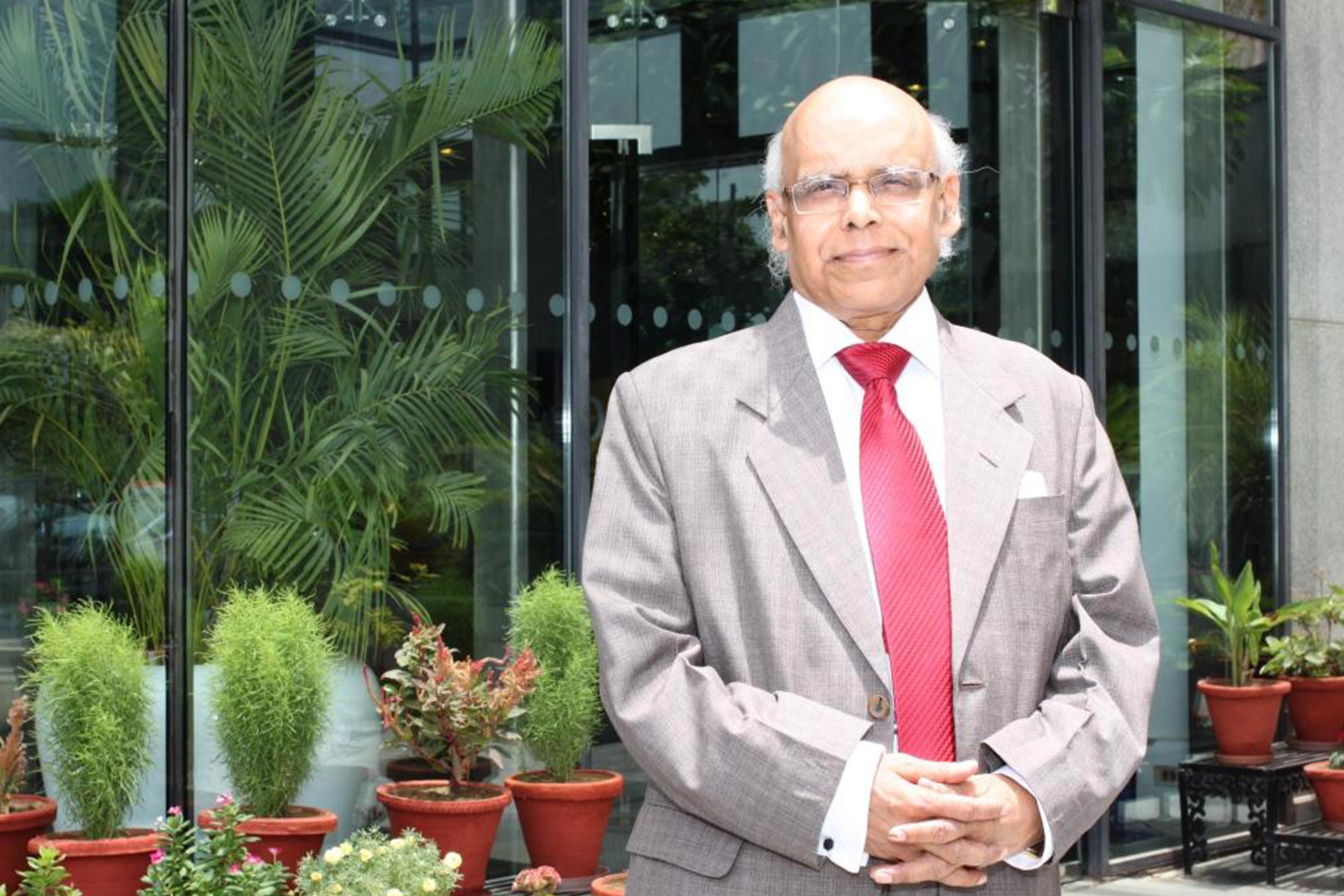EY refers to the global organization, and may refer to one or more, of the member firms of Ernst & Young Global Limited, each of which is a separate legal entity. Ernst & Young Global Limited, a UK company limited by guarantee, does not provide services to clients.
How EY can help
-
EY India provides expert tax policy advisory services, offering insights and strategies to navigate complex tax regulations and drive business growth.
Read more
The FY2025 union budget speech had indicated that in future, the focus would be only on reducing GoI’s debt-GDP ratio. If this implies any departure from the FRBM 2018’s operational fiscal deficit target of 3% of GDP, this issue should be examined in greater detail because of the implications for the long-term prospects of GoI’s primary deficit to GDP ratio and the burden emanating from the relatively higher debt-GDP ratio on the profile of interest payments relative to revenue receipts.
Alongside, GoI’s share in combined capital expenditures has fallen to an average of 41.5% during FY2012 to FY2024. This approach of the GoI to incur relatively larger debt on a long-term basis even with its limited ability to incur higher capital expenditures may not be sustainable1.
How the Sixteenth Finance Commission can play a role
The long-term evolution of the combined government finances in India shows that after the first decade of the 2000s, changes in the share of tax devolution in favor of states and the resultant changes in the relative shares of GoI and states in the combined primary and capital expenditures do not appear to be stable and sustainable. Further, these are structural issues which cannot be addressed without simultaneously addressing the issue of the division of the combined tax revenues and the combined revenue receipts, which are largely under the Finance Commission.







